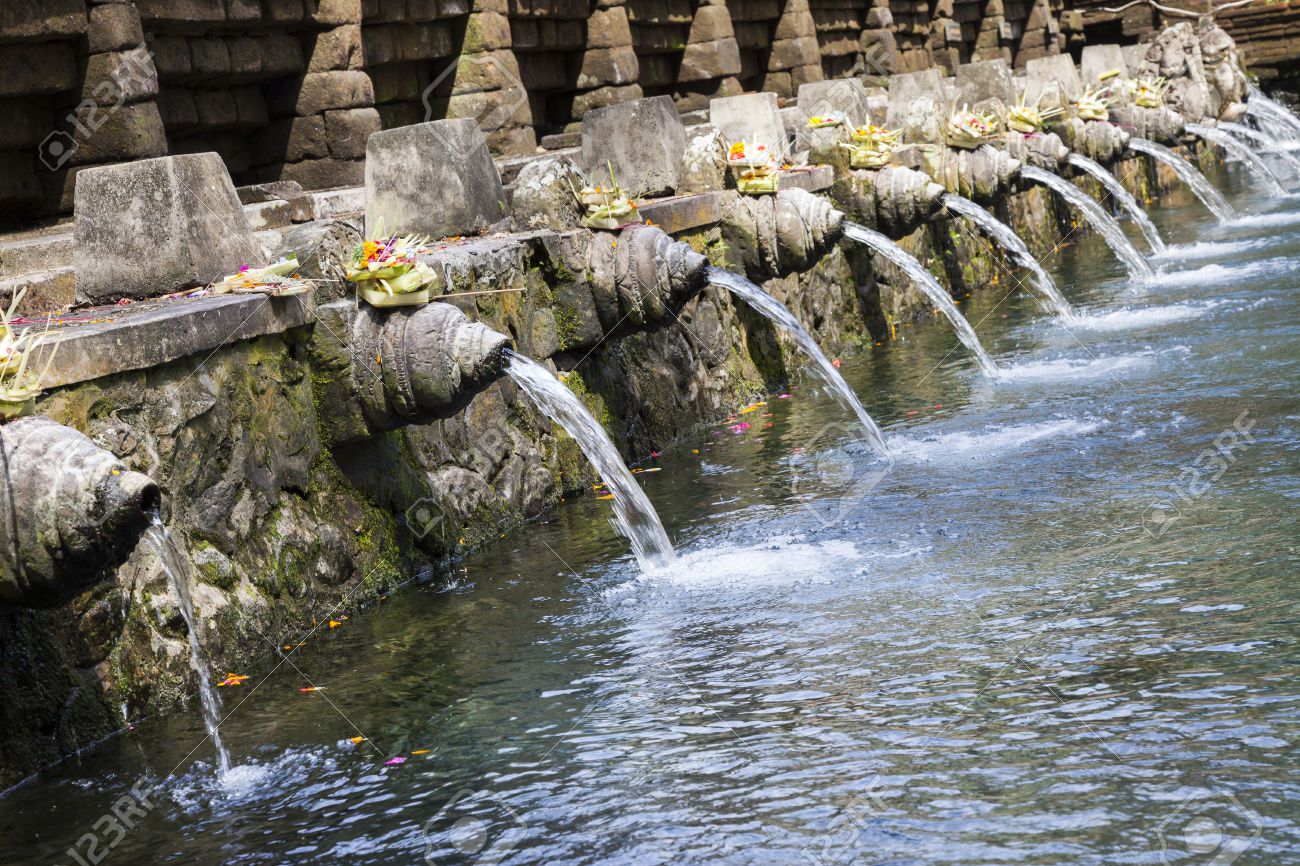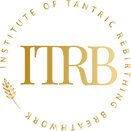Water Element
Every thing that may abide the fire, you shall make it go through the fire, and it shall be clean: nevertheless it shall be purified with the water of separation: and all that stays not the fire you shall make go through the water (Old Testament numbers 31:23)

Water is recognised in many religious belief systems as essential to all life. Without water, there would be dehydration and death. In universal religious practices, we seek hope and healing that water brings to the body, the soul and the spirit.
From the beginning of time, every culture understood that water was a divine gift; life-giving, cleansing and renewing.
First life was created in vast ocean waters. We can compare the evolving of life-forms in the sea to the mother’s womb, where human life begins. The womb being the pouch of water that surrounds the first form of life.
Many sites where springs have formed, or have been the origin of a water source, have been declared sacred as they are considered blessed and forming from the source, or womb of the earth.
All faiths have springs, caves, waterfalls and rivers that have been dedicated to the sacred. And there is not one religious belief that does not utilise water and some form of bathing within that tradition.

We can turn to any religious practice and find some use of water as a connective and healing practice. Many spiritual rituals require the element of water, from baptism, to libations, to cleansing baths and other rituals branching many countries, cultures and religious practices.
Water has a central place in the practices and beliefs of many religions for two main reasons. Firstly, water cleanses. Water washes away impurities and pollutants, it can make an object look as good as new and wipe away any signs of previous defilement. Water not only purifies objects for ritual use, but can make a person clean, externally or spiritually, ready to come into the presence of his/her focus of worship.
Secondly, water is a primary building block of life. Without water there is no life, yet water has the power to destroy as well as to create. We are at the mercy of water just as we are at the mercy of our God or gods. The significance of water manifests itself differently in different religions and beliefs but it is these two qualities of water that underlie its place in our cultures and faiths.

Hinduism
Water in Hinduism has a special place because it is believed to have spiritually cleansing powers. To Hindus all water is sacred, especially rivers, and there are seven sacred rivers: the Ganges, Yamuna, Godavari, Sarasvati, Narmada, Sindhu and Kaveri. Pilgrimage is very important to Hindus. Holy places are usually located on the banks of rivers, coasts, seashores and mountains.The Ganges river is the most important of the sacred rivers. Its waters are used in puja (worship) and if possible a sip is given to the dying.
Water represents the “non-manifested substratum from which all manifestations derive” and is considered by Hindus to be a purifier, life-giver, and destroyer of evil.
Milk and water are symbols of fertility, absence of which can cause barrenness, sterility leading to death.

Christianity and Judaism
Almost all Christian churches have an initiation ritual involving the use of water. Baptism has its origins in the symbolism of the Israelites being led by Moses out of slavery in Egypt through the Red Sea and from the baptism of Jesus by John the Baptist in the Jordan. After Jesus’ resurrection he commanded his disciples to baptise in the name of the Father, Son, and Holy Spirit (Matthew 28:19-20). Baptism is a symbol of liberation from the oppression of sin that separates us from God.

Islam
In Islam water is important for cleansing and purifying. Muslims must be ritually pure before approaching God in prayer. Some mosques have a courtyard with a pool of clear water in the centre, but in most mosques the ablutions are found outside the walls. Fountains symbolising purity are also sometimes found in mosques.
Zoroastrian
For a Zoroastrian, cleanliness is close to godliness. Keeping clean with ritualised bathing and washing was more than part of a daily routine. Cleanliness and purification involved people, clothing and the physical space occupied or used by them.
Buddhism
Water does feature in Buddhist funerals where water is poured into a bowl placed before the monks and the dead body. As it fills and pours over the edge, the monks recite “As the rains fill the rivers and overflow into the ocean, so likewise may what is given here reach the departed.”
The water element in other cultures and religions can be seen in practices such as:

In South America, it is common practice for healers to administer flower baths for cleansing of the spiritual body.
The Celtic religion honoured Sulis, whose temple is on the site of hot springs in Bath, England.
Sweat lodges and bathing were integral to the Native American Indian spiritual traditions.
Inca temples were designed so that water would flow from the temples to the ceremonial sites and villages below.
Early Egyptians worshiped the Nile; their priests bathed themselves in the waters prior to entering the sacred temples.
African based religions utilise the restorative power of the divine infused in baths through ritual and ceremonies. Water is the vehicle used to apply and bond the healing elements to the individual, hydrating or healing deep within the roots of the spirit.
Spiritual bathing brings opportunity for change, clearing the way for healing to take place. Water becomes a conduit of prayer, washing away negative vibrations, thoughts and emotions that form the root of many physical and emotional problems that obstruct spiritual clarity. These healing waters refresh and restore faith, and infuse a deep healing to the individual receiving the bath, washing away negativity and disease.






